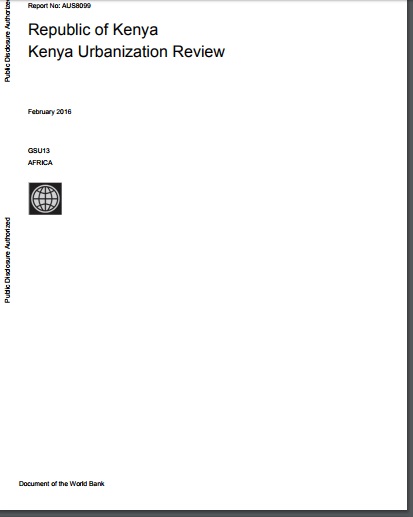Perspectives of Livestock Farmers in an Urbanized Environment
Agriculture and its conflicts is a traditional debate in contemporary rural geography, associated with the organization and transformation of cultural landscapes by social groups. One of the most important areas of research is the perspectives and responses of farmers on the urban-rural fringe. The problems associated with land use change and the varying influences on new uses of traditional landscape introduce renovating and permanent elements to the management, responses and perspectives of farmers: extensification, changes in the organization of farm, relocation, etc.




